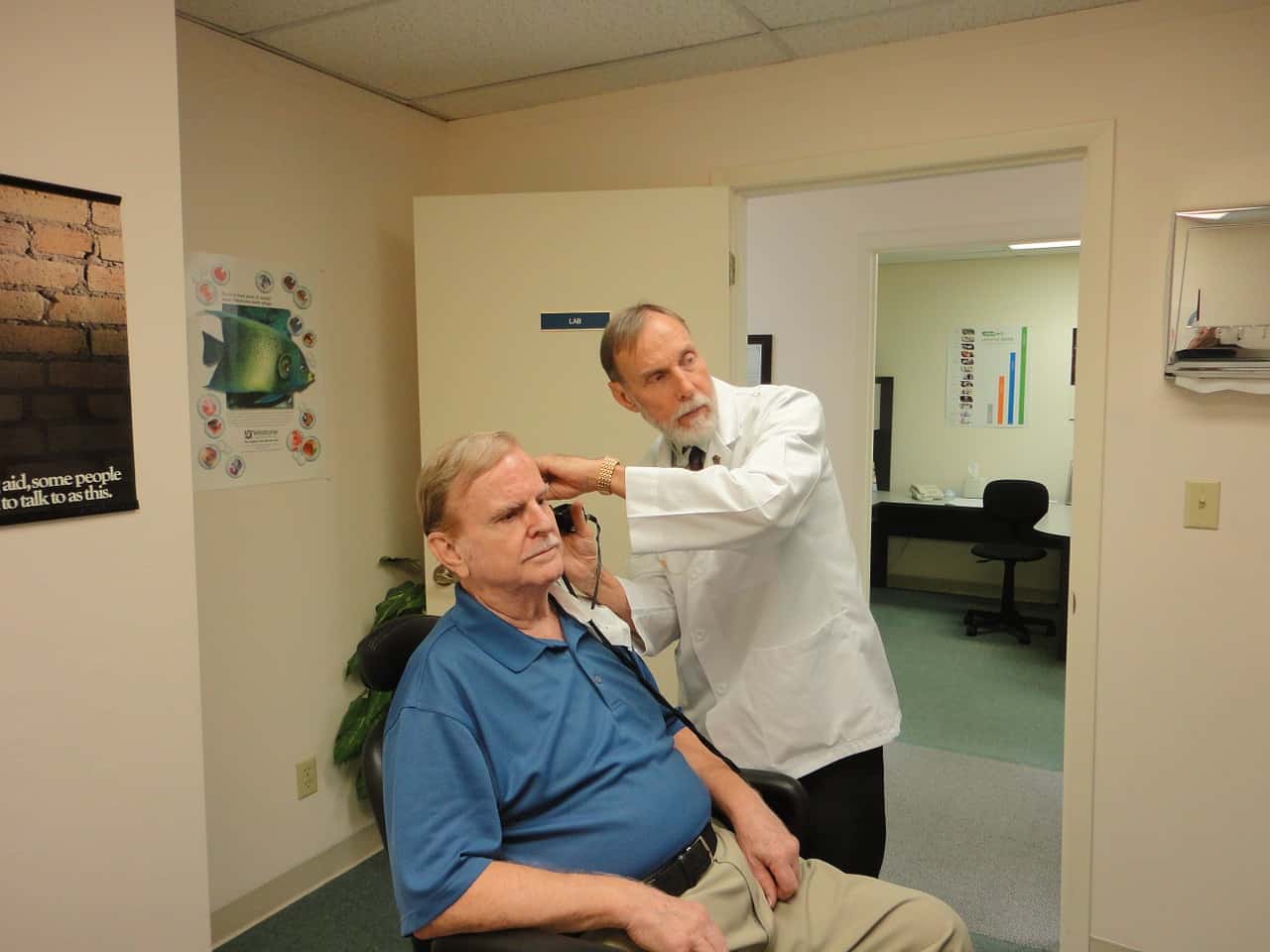
@ShahidNShah


Earwax—also known as cerumen—is something most people don’t think about until it causes discomfort, hearing issues, or a blockage. While some wax is normal and protective, excessive buildup can lead to pain, hearing loss, dizziness, and even infections. That’s when ENT (Ear, Nose, and Throat) specialists step in.
Among the many tools they use, the cerumen hook is one of the most effective for removing stubborn wax safely. But how exactly does it work, and why do professionals prefer it over other methods? Let’s take a closer look!
A cerumen hook is a small, curved metal instrument designed specifically for manual wax extraction. Unlike cotton swabs—which push wax deeper—a cerumen hook allows specialists to gently scoop out hardened or impacted earwax without harming the delicate ear canal.
These hooks come in different shapes and sizes, allowing ENT specialists to choose the best one based on the type of wax, the patient’s ear anatomy, and the severity of the blockage.
Not all earwax is the same. Some people naturally produce more wax than others, and some have hard, impacted cerumen that won’t budge with over-the-counter ear drops or irrigation. This is where cerumen hooks come in handy. Unlike flushing the ear with water, which can push wax deeper if not done correctly, a cerumen hook allows for precise manual removal.
A specialist will first inspect the ear canal using an otoscope or a video otoscope to assess the blockage. If the wax is hard or stuck to the ear canal walls, they might apply cerumenolytic drops to soften it before going in with the hook. This tool allows them to gently scrape or lift the wax out without causing damage to the delicate ear canal or eardrum.
When an ENT specialist removes earwax with a cerumen hook, it’s a carefully controlled process. First, they select the appropriate hook size based on the patient’s ear anatomy and the location of the wax. The tool is then inserted slowly and carefully, following the natural curve of the ear canal.
Instead of digging at the wax—something that could cause pain or injury—the specialist hooks and lifts it out in small sections. If the wax is particularly stubborn, they might use a combination of methods, such as suction or irrigation, but the hook remains a preferred option for dry, compacted wax.
Ear irrigation (flushing the ear with water) works well for soft wax, but it’s not suitable for hard or impacted wax. A cerumen hook allows for direct removal without unnecessary moisture.
Many people try to remove earwax with cotton swabs, bobby pins, or ear candles—all of which can push wax further in or damage the ear canal. A cerumen hook, when used by a specialist, is much safer and more effective.
With irrigation or drops, patients may need several treatments to fully clear the wax. A cerumen hook offers instant relief once the wax is extracted.
Some patients can’t tolerate water-based removal methods due to conditions like ear infections, ear tube surgeries, or a perforated eardrum. A cerumen hook provides a dry alternative that minimizes risk.
Cerumen hooks are a simple yet powerful tool in an ENT specialist’s arsenal. They allow for safe, precise, and effective earwax removal without the risks of water-based methods. Whether dealing with hard, impacted wax or delicate ear canals, professionals rely on these hooks to keep ears clear and healthy.
If you suspect earwax buildup is affecting your hearing, don’t resort to unsafe DIY methods—consult an earwax removal specialist who can remove it quickly and painlessly using the right tools.

Light AI announced a partnership with MrBeast Industries to launch a Strep A test donation initiative in Africa. – Light AI, a healthcare technology company specializing in AI-powered diagnostic …
Posted Feb 19, 2025 DiseaseManagement
Connecting innovation decision makers to authoritative information, institutions, people and insights.
Medigy accurately delivers healthcare and technology information, news and insight from around the world.
Medigy surfaces the world's best crowdsourced health tech offerings with social interactions and peer reviews.
© 2025 Netspective Foundation, Inc. All Rights Reserved.
Built on Mar 28, 2025 at 1:45pm